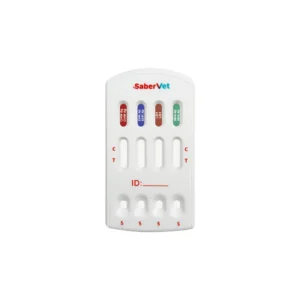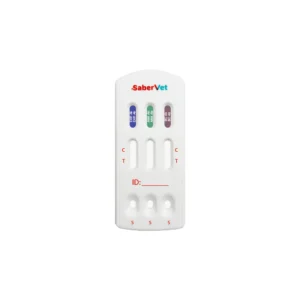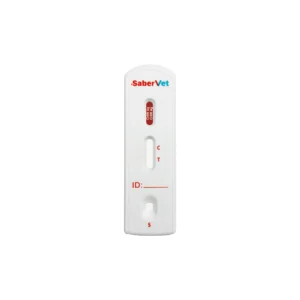説明
Canine Ehrlich disease, canine Leishmaniasis, canine Anaplasma, and canine Babesiosis are common diseases in dogs. Although they are caused by different pathogens and have their own characteristics, there are also some commonalities.
類似点
伝送ルート
These diseases are all transmitted through arthropods.
Canine Ehrlich disease, canine Anaplasma disease, and canine Babesiosis are transmitted through ticks.
Leishmaniasis in dogs is transmitted through sandflies.
症状
All of them may cause systemic symptoms such as fever, drowsiness, decreased appetite, and weight loss.
Both can lead to anemia and other blood related symptoms.
Geographical distribution:
These diseases are distributed globally, especially in areas where ticks and sandflies are active.
Differences
pathogen
Canine Ehrlichia disease: caused by Ehrlichia canis, a type of rickettsia.
Canine Leishmaniasis: Caused by Leishmania infantum, it is a type of protozoan.
Anaplasma disease in dogs: caused by the absence of plasma.
Canine Babesiosis: caused by Babesia gibsoni, a protozoan.
具体的な症状
Canine Ehrlich's disease: characteristic symptoms include nosebleeds, bleeding tendency, joint pain, and eye problems (such as uveitis).
Leishmaniasis in dogs: mainly manifested as skin ulcers, lymphadenopathy, skin lesions, splenomegaly, and chronic wasting diseases.
Anaplasma disease in dogs: mainly manifested as acute anemia, jaundice, splenomegaly, and fever.
Babesiosis in dogs: Similar to symptoms of Anaplasma disease in dogs, it usually presents as acute anemia and jaundice.
Test methods
Canine Ehrlich's disease:
Blood smear examination: Elixir's body can be observed on the blood smear, and blood biochemistry and whole blood cell count show anemia, thrombocytopenia, etc.
PCR detection: detecting the DNA of Ehrlichia, with high sensitivity and specificity.
Serological testing: detecting antibodies against Escherichia coli.
Canine Leishmaniasis
Skin or lymph node biopsy: Leishmania parasites are observed through histological examination.
PCR detection: detects the DNA of Leishmania parasites with high sensitivity and specificity.
Serological testing: detecting antibodies against Leishmania parasites (such as ELISA or IFAT).
Anaplasma disease in dogs
Blood smear examination: Anaplastis was directly observed.
PCR detection: detects DNA of Anaplasma with high sensitivity and specificity.
Serological testing: detecting anti Anaplastis antibodies.
Blood biochemistry test: evaluate anemia and bilirubin levels.
Babesiosis in dogs
Blood smear examination: Babesia was directly observed.
PCR detection: detects the DNA of Babesia, with high sensitivity and specificity.
Serological testing: detecting antibodies against Babesia.
Blood biochemistry test: evaluate anemia, bilirubin levels, and renal function.
犬エールリヒア/リーシュマニア/アナプラズマ/バベシア症抗体コンボ迅速検査
Antigene has developed a Canine Ehrlichia/Leishmania/Anaplasma/Babesiosis Antibody Combo Rapid Test, which can help users more accurately diagnose whether dogs are infected with these diseases, and develop corresponding treatment and prevention measures to protect the health of dogs.








